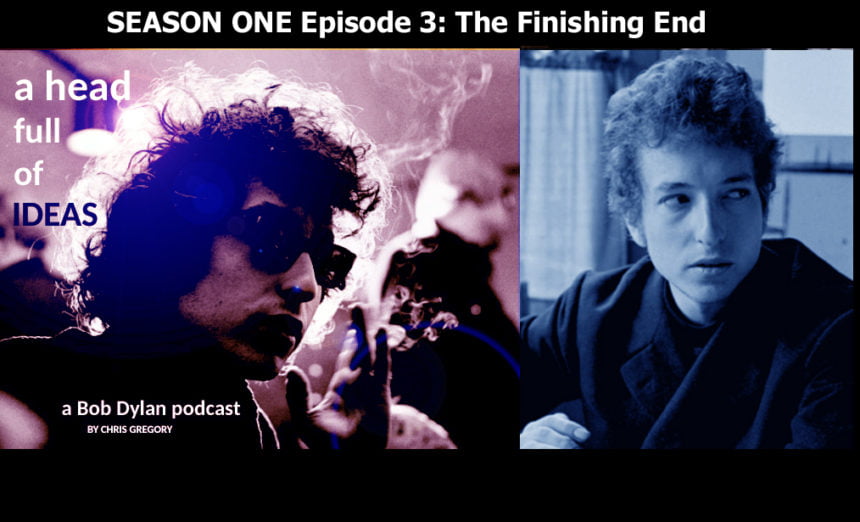EXTRACTS
The first two lines provide, in only eight words, a clear flavour of the poetic qualities of the song: …Ramona, come closer… the narrator begins, already using internal rhyme and two soft alliterative phrases to entice us …shut softly your watery eyes… Already we can imagine the scene. The girl is crying and he is comforting her. In …the pangs of your sadness will pass and your senses will rise… he is giving her some inspirational advice. The word ‘pangs’ is normally used to apply to anxiety. The way Dylan connects it to ‘sadness’, and then contrasts the ‘p’ and ‘s’ sounds, so reiterating the alliteration in a more complex way, makes us imagine the pain she is feeling in a few ‘sharp’ words. The reference to the ‘death like’ ‘flowers of the city’ and another dualistic rhyme …There’s no use in tryin’/ To deal with the dyin’… suggests that this may well be some kind of grief. Grief can, however, take many forms. Perhaps the girl is actually suicidal and is grieving for herself.
So we come to the obvious question. Who is Ramona? Apart from her ‘cracked country lips’, we are never told what she looks like, where she actually comes from, or what those beliefs that appear to be dragging her down actually are. The song appears on the surface to consist of the narrator telling her that she is just not suitable for him. In that sense it might be seen as another song of rejection like Don’t Think Twice. Given the time of its composition, some commentators have interpreted the song as being directed to one of his romantic interests at the time such as Joan Baez or Mavis Staples. Baez even claims in her autobiography And a Voice to Sing With that Dylan sometimes even addressed her as ‘Ramona’. With her ‘sultry’ Latino looks she certainly seems to fit the bill, or at least the name. But to narrow down the song to being a complaint about a specific lover is to narrow down its focus and to underestimate the way Dylan was now using the medium of the ‘love song’ to address wider concerns. To Ramona appears on Another Side of Bob Dylan (1964), his last album before ‘going electric’ but the first to break with his role as a ‘protest singer’. Several of the ‘love songs’ on the album can be interpreted as messages to his audience. The exaggeratedly comic opening track All I Really Want to Do and the scathing closer It Ain’t Me Babe are both messages to lovers through which Dylan also appears to be talking to his audience. For the first time, he steadfastly rejects the role of ‘prophet’ or ‘saviour’ which fans of his protest songs were trying to push him towards. …It ain’t me you’re looking for… he tells them. He doesn’t want to ‘track or trace’, ‘define or confine’ them. He just wants to be friends.
LINKS



Leave a Reply